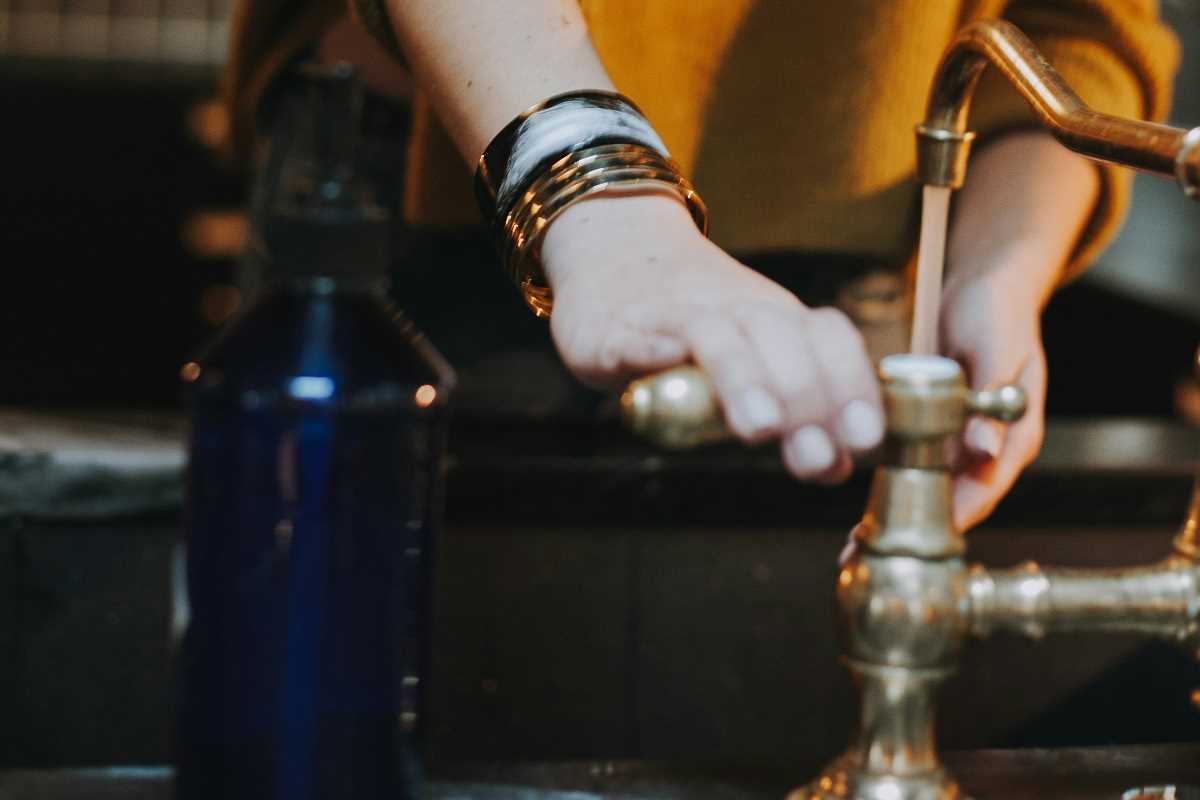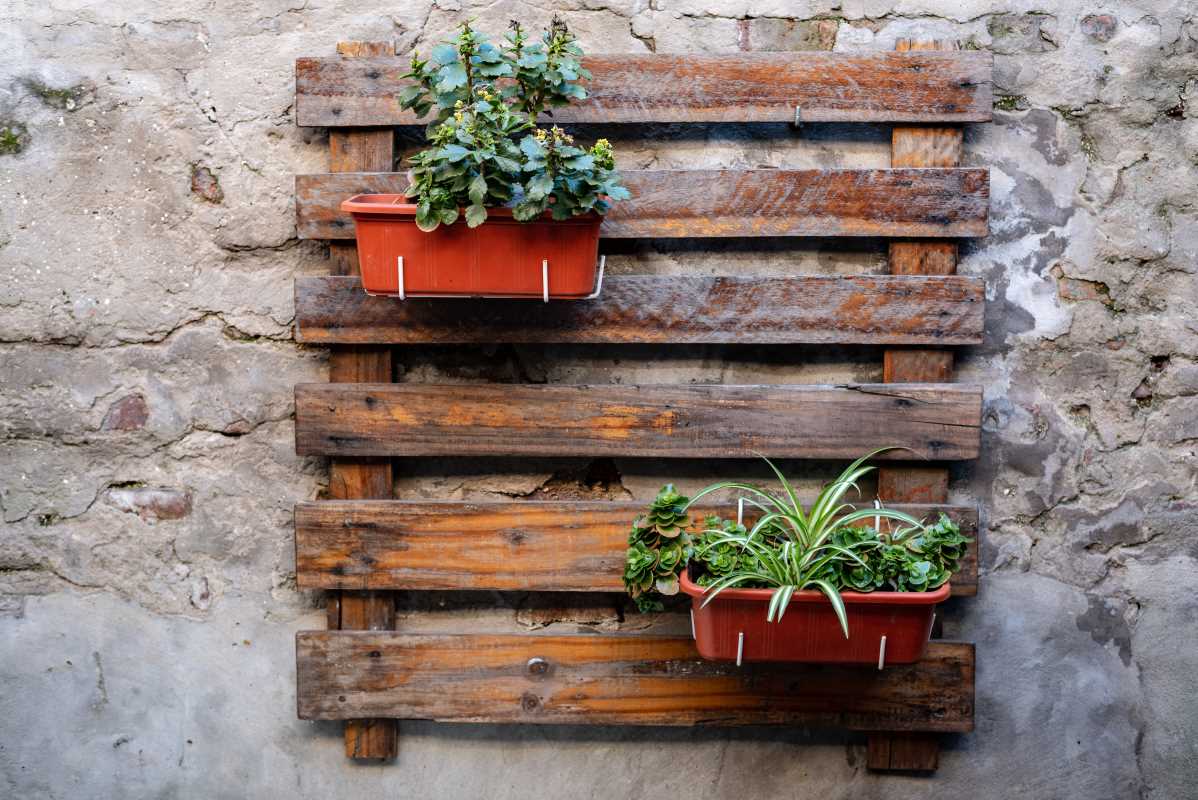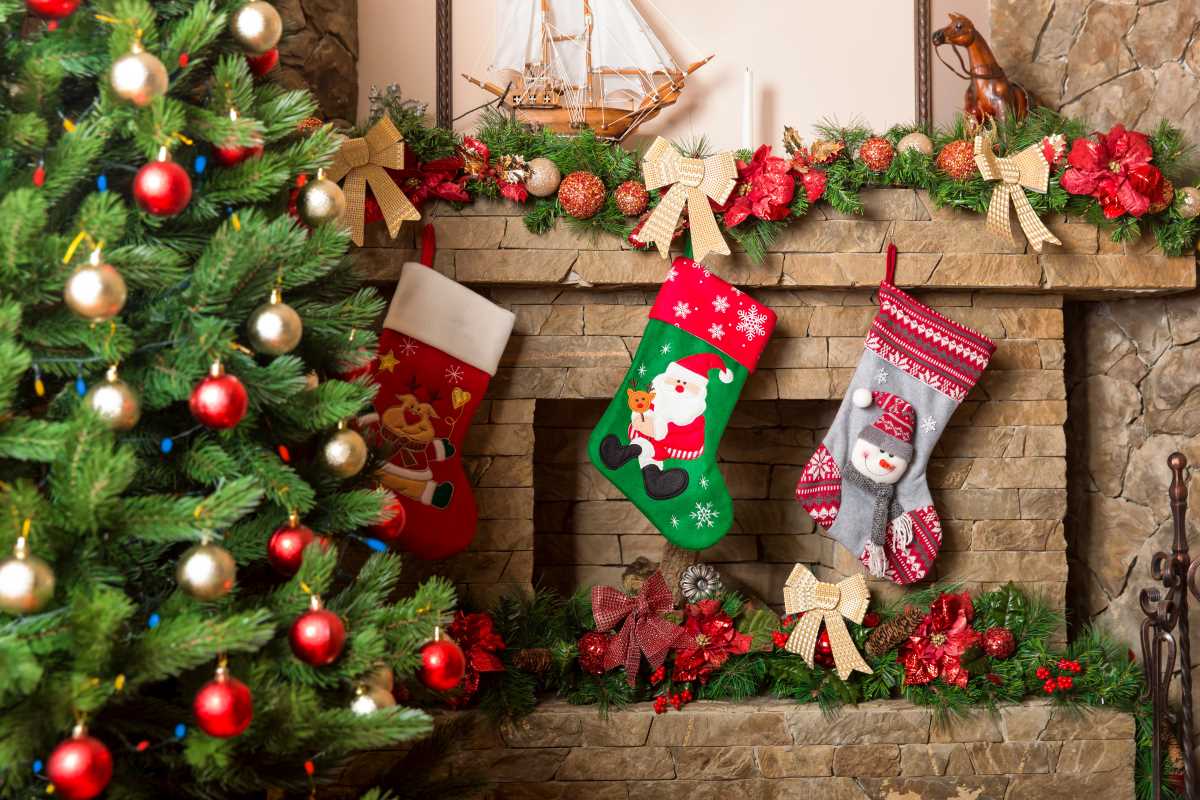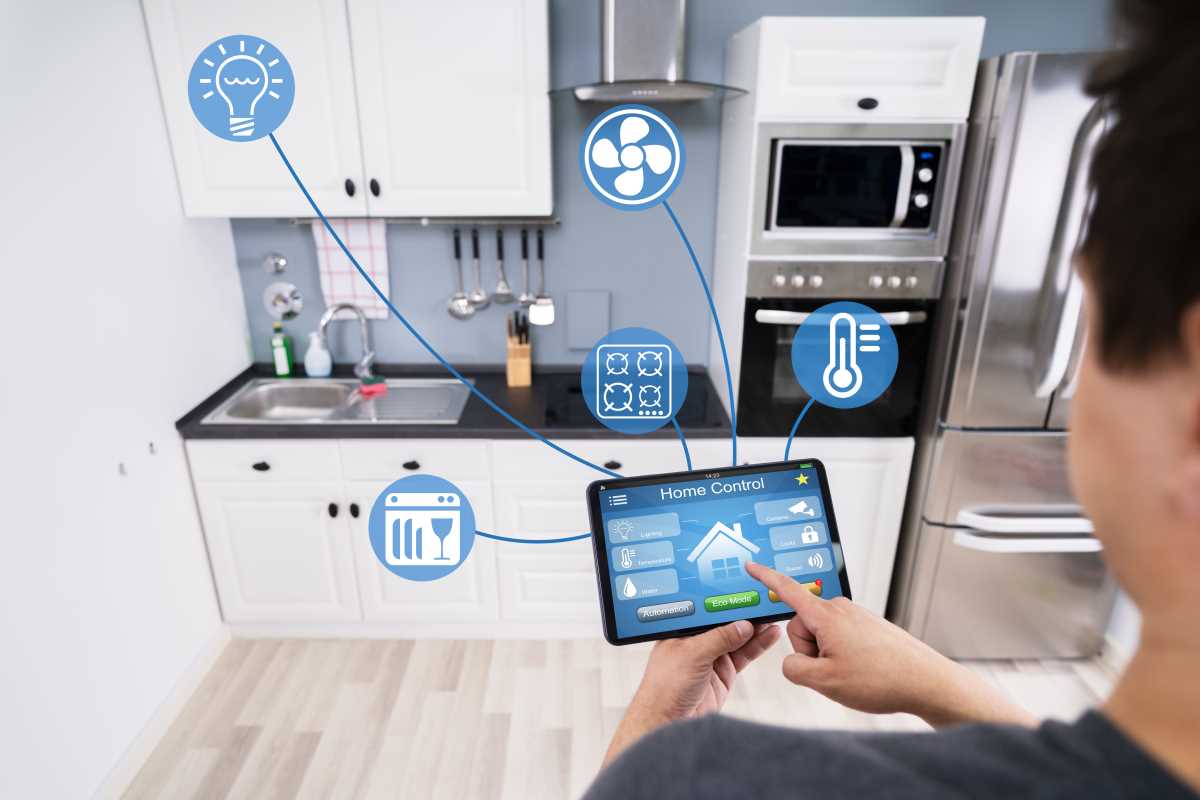Plumbing problems often strike at the most inconvenient times, whether it’s a dripping faucet, a clogged drain, or a running toilet. While some issues require the expertise of a professional plumber, many common plumbing problems can be resolved quickly with a bit of know-how and the right tools. Here are some practical solutions to tackle plumbing troubles without breaking a sweat.
1. Leaky Faucets: Stop the Drip
A leaky faucet is more than just an annoyance—it can waste gallons of water over time and increase your water bill. The good news is that fixing it is often straightforward.
- The Cause: In most cases, a leaky faucet results from a worn-out washer, O-ring, or cartridge inside the faucet.
- Quick Fix: First, turn off the water supply to the faucet. Remove the handle with a screwdriver and inspect the internal components. Replace any worn-out parts, such as washers or cartridges, which are readily available at hardware stores. Reassemble the faucet and turn the water back on to check for leaks.
2. Clogged Drains: Clear the Blockage
Clogged drains in sinks, tubs, or showers are one of the most common plumbing complaints. Hair, grease, soap scum, and debris can build up over time, restricting water flow.
- The Cause: Most clogs are caused by material accumulation in the drainpipe.
- Quick Fix: Start with a plunger. For kitchen sinks, ensure the second basin’s drain is sealed with a wet cloth to create suction. If the clog persists, try a drain snake or a bent wire hanger to remove debris. For a more natural solution, pour a mixture of baking soda and vinegar into the drain, wait 15 minutes, and flush with hot water.
3. Running Toilets: Silence the Flow
A running toilet is another common issue that can waste significant amounts of water. Thankfully, the fix is often simple.
- The Cause: The problem usually lies with the flapper, the fill valve, or the float mechanism inside the tank.
- Quick Fix: Open the toilet tank and inspect the components. Ensure the flapper seals properly over the flush valve and isn’t warped or damaged. Adjust the chain connecting the flapper to the handle if it’s too short or too long. If the issue is with the float, adjust its height so that the water level stops below the overflow tube.
4. Low Water Pressure: Restore the Flow
Low water pressure in faucets or showerheads can make everyday tasks frustrating. Often, the issue is due to sediment buildup or a clogged aerator.
- The Cause: Mineral deposits from hard water can clog faucets and showerheads, restricting water flow.
- Quick Fix: Unscrew the faucet’s aerator or showerhead and soak it in vinegar overnight to dissolve mineral deposits. Use a toothbrush or small brush to scrub away remaining residue before reattaching. If the problem persists, check the home’s main water valve to ensure it’s fully open.
5. Dripping Showerhead: Plug the Leak
A dripping showerhead can waste water and may point to a buildup of sediment or a faulty washer.
- The Cause: Often, sediment buildup or a worn washer causes leaks.
- Quick Fix: Remove the showerhead and soak it in vinegar to dissolve mineral deposits. Inspect the washer inside the showerhead and replace it if it’s cracked or worn. Reassemble the showerhead and tighten the connections to prevent further dripping.
6. Overflowing Toilet: Avoid the Mess
Few plumbing problems cause more panic than an overflowing toilet. Quick action is essential to minimize damage.
- The Cause: A clog in the toilet bowl or the waste pipe prevents water from draining.
- Quick Fix: Remove the tank lid and press down the flapper to stop water flow into the bowl. Turn off the water supply valve near the base of the toilet. Use a plunger to try and dislodge the clog. For tougher blockages, a toilet auger can help break up or pull out the obstruction.
7. Water Heater Issues: Get the Hot Water Back
No hot water? A malfunctioning water heater can disrupt your daily routine, but some problems are simple to address.
- The Cause: Common issues include sediment buildup, a tripped circuit breaker, or a faulty thermostat.
- Quick Fix: For electric water heaters, check the circuit breaker and reset it if necessary. If sediment buildup is suspected, drain the tank by attaching a hose to the drain valve and flushing it with fresh water. For gas water heaters, ensure the pilot light is lit. If the problem persists, you may need professional help.
8. Burst Pipes: Stop the Leak
A burst pipe is a serious issue that can cause significant water damage. While permanent repairs require a plumber, you can take quick steps to minimize damage.
- The Cause: Freezing temperatures or excessive pressure can cause pipes to burst.
- Quick Fix: Shut off the main water supply immediately. Use pipe clamps or rubber patches to temporarily seal the leak. Place a bucket or towels under the pipe to catch water and prevent further damage while waiting for professional assistance.
9. Smelly Drains: Eliminate Odors
Unpleasant odors from your drains can make your home feel unclean. Luckily, the solution is simple.
- The Cause: Accumulated grease, food particles, or bacteria can cause odors.
- Quick Fix: Pour a mixture of baking soda and vinegar down the drain, let it sit for 15-30 minutes, and flush with boiling water. For persistent odors, clean the drain trap under the sink, as debris can often accumulate there.
10. Squeaky Faucets: Silence the Noise
A squeaky faucet handle might not disrupt your plumbing, but it can be annoying. Luckily, the fix is fast and easy.
- The Cause: Friction between moving parts, such as a corroded valve stem or handle.
- Quick Fix: Turn off the water supply and disassemble the handle. Apply plumber’s grease or petroleum jelly to the threads or moving parts before reassembling. This lubrication should eliminate the squeak.
Tools Every DIY Plumber Should Have
Tackling plumbing problems is easier if you’re equipped with the right tools. Consider keeping the following on hand:
- Plunger
- Adjustable wrench
- Pipe wrench
- Drain snake or auger
- Plumber’s tape
- Screwdriver set
- Bucket and towels
When to Call a Professional
While these quick fixes can resolve many common plumbing problems, some issues require the expertise of a licensed plumber. If you encounter problems like persistent leaks, extensive water damage, or sewer line issues, don’t hesitate to seek professional help.
By handling minor plumbing problems yourself, you can save money and keep your home running smoothly. With these quick fixes, you’ll be ready to tackle most plumbing issues confidently.
 (Image via
(Image via





